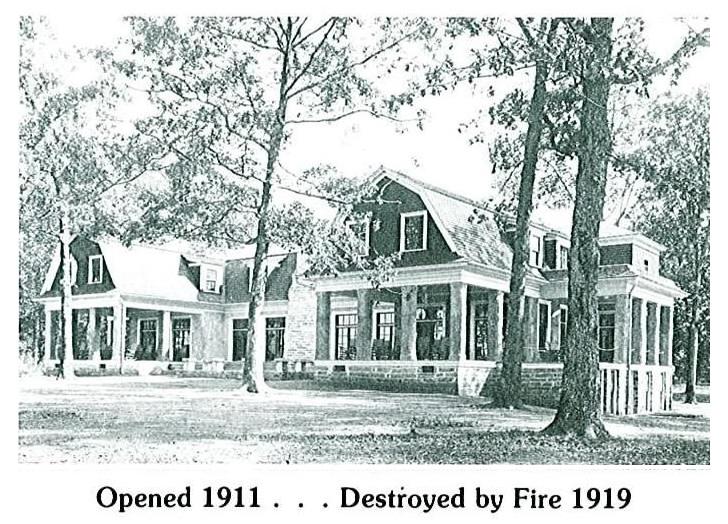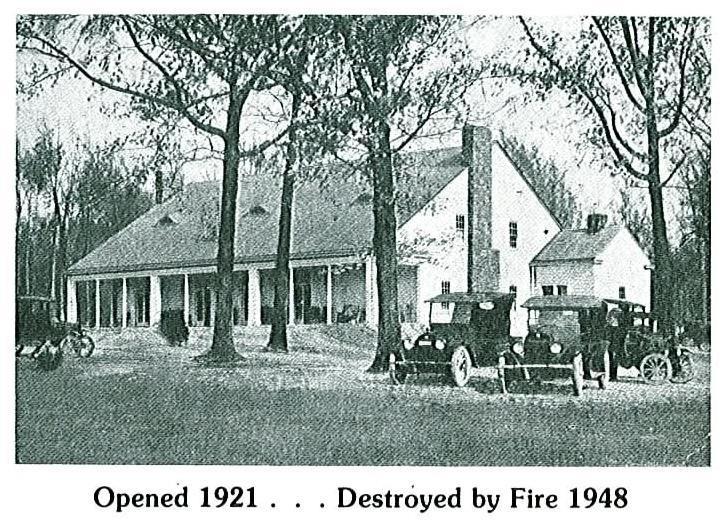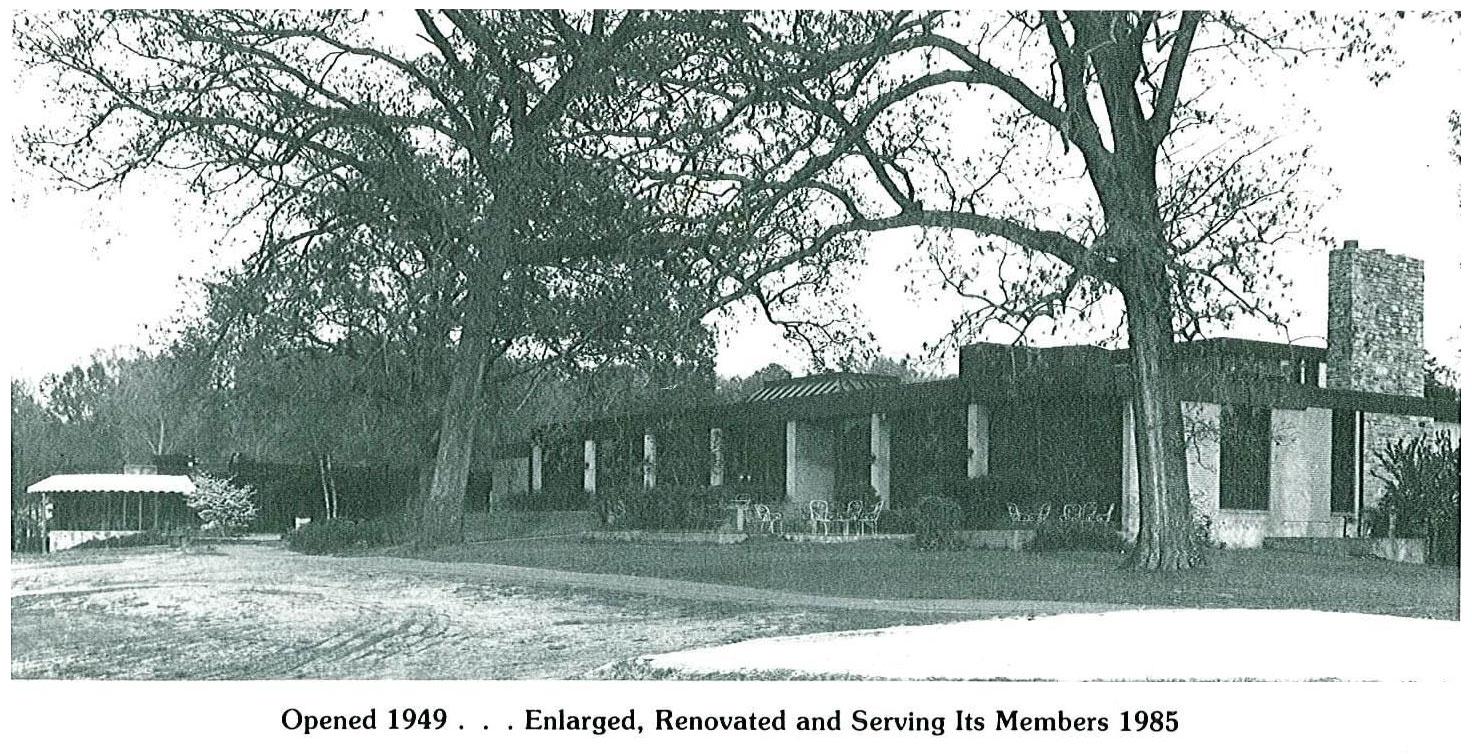Carolina Country Club...
traces its origins to April 15th, 1910 when a certificate of incorporation was filed with the secretary of state. The original incorporators were Charles Gold, E.B. Crow, E.C. Hillyer, W.H. Pace, Professor W.C. Riddick, James H. Pou, H.E. Litchford, G.H. Andrews, C.B. Barbee and P.D. Gold, Jr.
Originally known as the Raleigh Country Club, the Carolina Country Club was renamed in 1918. The first clubhouse was built where the present one stands, which, in 1910 was about two miles outside the city limits. At that time Raleigh had a population of 19,218. There was no authorized capital, but each member would own an interest in the Club's property.
The original clubhouse was destroyed by fire on Labor Day in 1919. The second clubhouse was built on the same site. It was a wooden story and a half structure plus basement for the men's locker rooms, containing a total of 166,700 cubic feet of space. The upper floor consisted of a ladies locker room and living quarters. The cost of the building was 55 cents per cubic foot, totaling $91,685. When the second clubhouse was opened in 1921, Club dues were $3 a month.



On Sunday, February 1st, 1948 at 3:00am, residents along Glenwood Avenue were awakened again by the glare of a tremendous fire in the clubhouse. Club Manager James E. Baker, his wife, their two children and Mrs. Baker's mother lost their lives in the fire. The clubhouse was completely destroyed and no one knows what caused the fire.
Following a meeting of the membership at the Sir Walter Hotel, which included 440 stockholders, a new building was approved by the Board. Along with the new building, many improvements were made to the tennis facilities, golf course, and swimming pool. The approximate cost was $320,000. In the July issue of Life Magazine, the popular pictorial news publication of that period, a two page feature of the new CCC Clubhouse was published.
By 1985 the Club's membership had grown to 1,151 members. The current clubhouse was completed in 1993. The intent of the new structure is to have the appearance of an "Old Southern Home".



